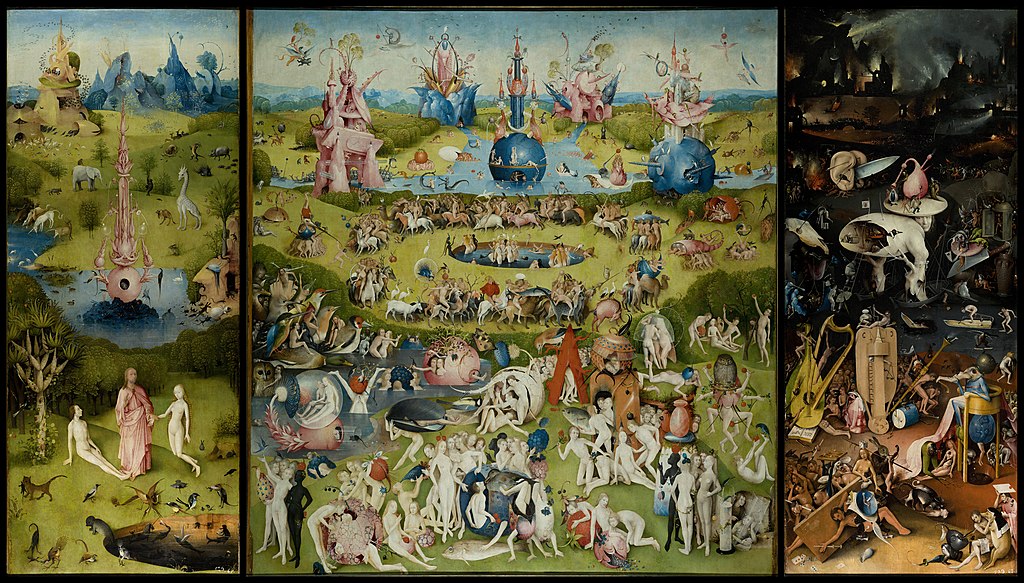Today marks one year since the WHO designated Covid-19 as a global pandemic. In a way, the year has been interesting, with the opportunity to observe all kinds of changes that happen when you remove (or add, I suppose) a number of variables from society. It feels like a million things have changed, but one that has especially stood out to me is how we as a public have lost access to the humanities. Obviously, there are other major factors involved as well, but I don't believe that it's a coincidence that the abrupt closure of museums, concert venues, theaters, etc. has walked side by side with expanding societal unrest. I think the impact of this temporary loss of our artistic institutions betrays the significant role these play in the human experience. It demonstrates how crucial it is to preserve them, because in many ways, they speak to our souls.
Since the nineteenth century, our culture has been steadily moving in a direction that could easily be called iconoclastic. The Enlightenment ushered in an age of science, empiricism, and materialism, putting everything Utilitarian on a pedestal. Within this cultural climate, technological or scientific innovation will always win out against artistic expression because there is no apparent "use" for the latter. Instead, the arts have devolved into mere ornamentation; something you keep on hand to make things look pretty or announce how important you are. We look down on the arts as glorified play; something the soft-minded among us need to leave behind as they grow up and get a real job.
Even modern art is an attack on art itself. Deconstruction has reduced the arts merely into a tool used to investigate or denounce how one demographic wields power over another. The creation of art is no longer possible, because all previously-held notions of what constitutes art are just arbitrary opinions of whatever group of taste-makers was most powerful, and therefore need to be abandoned if art is to be truly free. Thus, thousands of years of representational art give way to the abstract; the subjective pursuit of objective beauty gives way to a celebration of anti-beauty (ugliness); formal technique gives way to chaos. Since we don't like how everyone before us understood art, it's best to attack the concept altogether. It's an exercise in announcing that we aren't like other girls.
Both these conceptions of art - mere ornament or tool - strip everything numinous, transcendent, and desirable from it. Doing so has taken away the power of art.
STEM helps us in many ways, and I don't begrudge that at all. But we have done both STEM and the humanities a disservice by guiding the former into territories it has no business entering in the first place. The sciences might help us better understand the world around us, but they don't make the act of living in it any more bearable or worthwhile. This is where the arts come in. In the realm of the arts and humanities, the goals and priorities are different. It isn't really about innovating or discovering or improving something. Many people agree that it's impossible to truly define what art is, but most explanations come back to ideas of expressing, in a beautiful way, what we share in common as humans and how these participate in some greater meaning for our lives. It links us together with one another, but also with the transcendent - with the Divine. It is a balm for our souls. One look at the Psalms confirms this.
In a sadly-ironic turn of events, the last year has revealed the limits of modern science while simultaneously handicapping our ability to cope with that grim reality. We still have recorded music, streamed theatrical performances, and online collections, but the public/communal nature of art has been lost in translation. I miss the experience of responding to art in the company of other people; it makes me feel less of an individual and more of a human.










